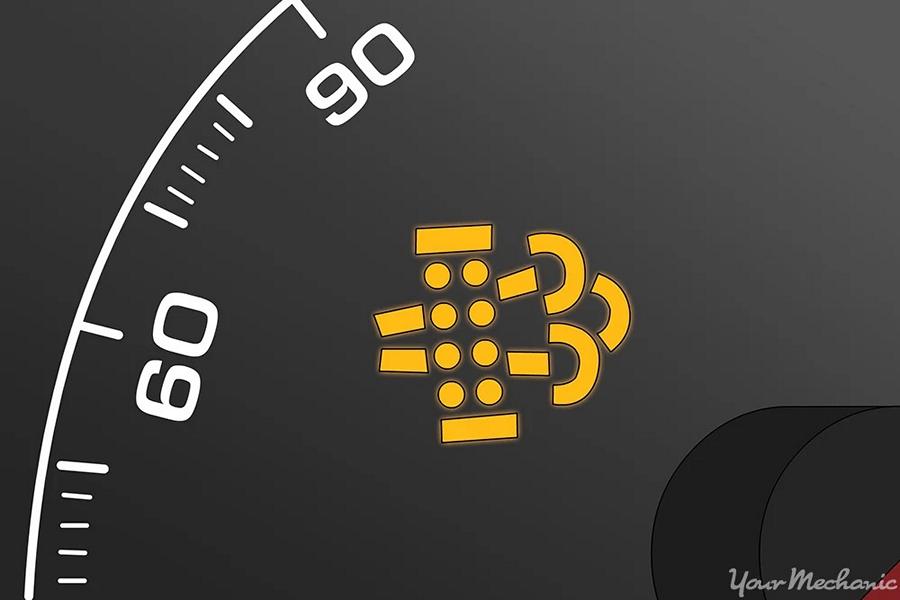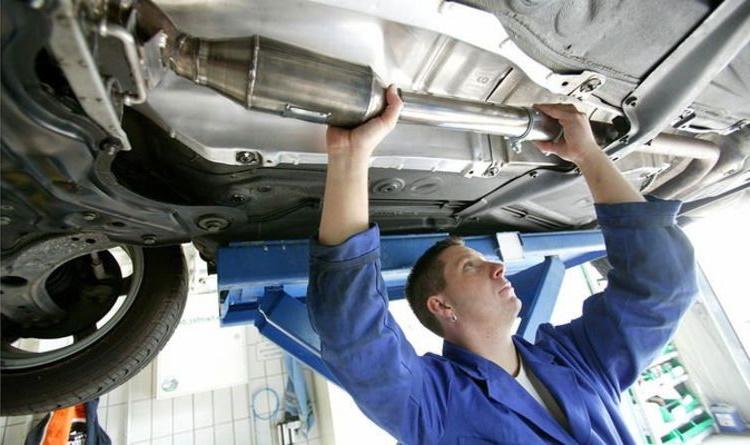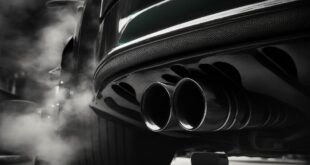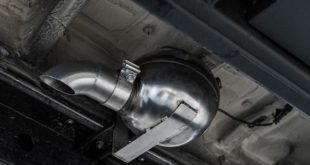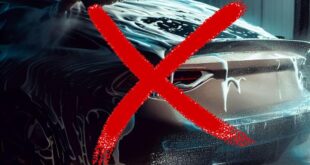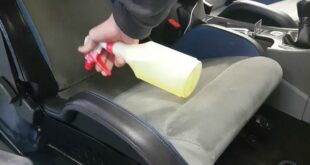Recently updated on May 11, 2023 at 11:51 p.m
The various vehicle manufacturers try to protect the various programming in the engine control unit at the factory, for example by providing the engine control units with a password from model year 2010 onwards. However, good tuners are able to program a good 95% of all engine control units and bypass this password. This not only applies to the deactivation of the DPF, but also applies to chip tuning & economy tuning. No matter whether performance increase, turbo conversion, or DPF-OFF!
for DPF deactivation:
The DPF deactivation is a deep programming that takes place in the engine management of the vehicle. Professional programming is not only complex, it also extends to other vehicle systems that are linked to engine management. An error or defect in the DPF deactivation could have serious consequences for the vehicle that are by no means negligible. Reason enough to work with the utmost care on the vehicle and its components and always be technically up to date.
As soon as the monitoring of the vehicle's engine management components no longer works properly, the engine management can no longer work correctly. The result would then be an emergency run, permanent regeneration, strong oil dilution and various error messages.
These are the advantages:
- Never again problems or regeneration rides
- Performance increase of 10-20 hp on average
- consumption reduction
- less work for the turbocharger
- Factory diagnostic functions remain
- The built-in sensors remain active
- Engine emergency program due to full DPF or canceled regeneration drive are history
- Error messages from the DPF, engine control lamp, etc. remain off
- Workshop costs for DPF maintenance or new installation of a good +2.500 € are saved
- Clogging / clogging etc. of the DPF is no longer possible
Disadvantages:
- illegal
- the environment is polluted
- the vehicle may become louder
Possibility Number 1:
- You send the control unit to be reprogrammed. If the programming is successful, it is often returned on the same day.
Possibility Number 2:
- You make an appointment with the tuner and they do the reprogramming on site.
- The tuners often even come home!
NOTICE: The deactivation of the DPF is not permitted within the scope of the STVZO. The whole thing is intended for racing purposes or for use on private property. PS: More about the specific process of the regeneration drive can be found in our article "How often does the particle filter burn free? Can I do this manually too?".
more information on deactivating the DPF
The diesel particulate filter (DPF) is a component that filters out the soot particles from the exhaust gas of a diesel engine. It serves to reduce the environmental pollution and health hazards caused by diesel exhaust gases. The DPF needs to be cleaned regularly to keep it working. This is done by what is known as regeneration, in which the soot particles are burned in the filter. However, there are situations where you want to disable the DPF. For example, if you own a vehicle that not allowed on the road and is driven only on private property or on a race track.
Disable DPF diesel particulate filter
In this case, the DPF can affect the performance of the engine and lead to higher fuel consumption. In addition, the DPF cannot regenerate properly and clogs with frequent short trips or low temperatures. So how to disable the DPF? There are several options, which may vary depending on the vehicle model and year of manufacture. The most common methods are:
- The mechanical removal of the DPF: The DPF is removed from the exhaust system and replaced with a pipe or a replacement filter. However, this requires an adjustment of the motor control to avoid error messages and loss of performance. You also have to make sure that removing the DPF does not cause any damage to other components such as the turbocharger or the catalytic converter.
- Electronic deactivation of the DPF: The engine control is reprogrammed in such a way that the regeneration of the DPF is switched off and error messages are no longer displayed. The DPF remains installed in the exhaust system, but is no longer cleaned. This has the advantage that you can reactivate the DPF at any time if you want to use the vehicle on the road. However, the DPF can clog over time and lead to increased exhaust back pressure, which reduces the engine's performance.
- Using an emulator: An electronic device is connected between the engine control and the DPF, which manipulates the signals from the DPF sensor. This makes the DPF invisible to the engine management system and error messages are no longer displayed. The DPF also remains installed in the exhaust line, but is no longer cleaned. This has the same advantage as electronic deactivation, but also the same disadvantage.
Which method you choose depends on various factors, such as budget, technical know-how and the desired result. You should only disable the DPF if you drive the vehicle exclusively on private property or on a race track. And even then, you should think twice about whether it's really worth it. Because the DPF also has its advantages: It reduces the emission of harmful soot particles that can cause cancer. It improves the exhaust gas quality and thus protects the catalytic converter and other components. And it reduces fuel consumption with optimal regeneration.
The following note is essential: For safety reasons, tuningblog recommends all repair, inspection and maintenance work exclusively to be carried out in a specialist workshop! Although our information is summarized to the best of our knowledge and belief, we cannot assume any liability for the content. All information is therefore "without guarantee".
Of course, that wasn't the end of it!
In this tuningblog category there are guides and instructions for common defects/repairs on the vehicle and for installing accessories/tuning parts. Our articles explain in a simple way common defects and the corresponding repairs and they also explain how the first signs of a defect become noticeable. In most cases, we also have initial clues to the repair instructions in our repair instructions approximate costs listed.
The goal of ourAuto Repair Guide“ is to create a head start in knowledge for the next visit to the workshop with initial tips. This may save you from tedious troubleshooting and you may even be able to do small things yourself. The same applies, of course, to the installation of accessories/tuning parts. Here, too, we would like to help with the implementation with instructions and tips. There are many other posts on this as well. Below is an excerpt of the last and HERE there are all previous instructions.
other related posts
|
Painting the tailpipes when installed and removed - Here's how! |
|
|
Maintaining/cleaning Alcantara in the vehicle – steering wheel, seats & Co.! |
 tuningblog.eu Your magazine about tuning the car
tuningblog.eu Your magazine about tuning the car
